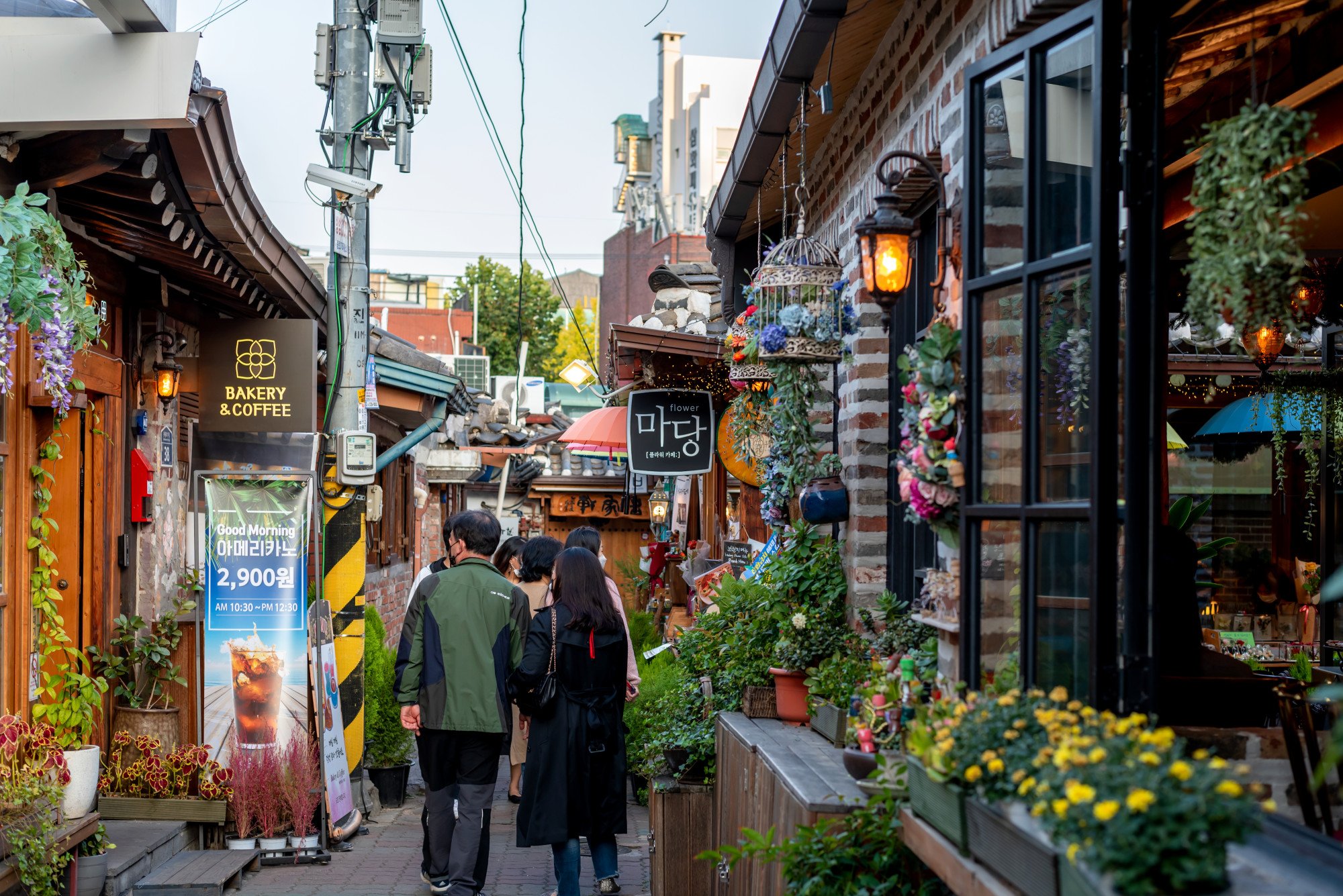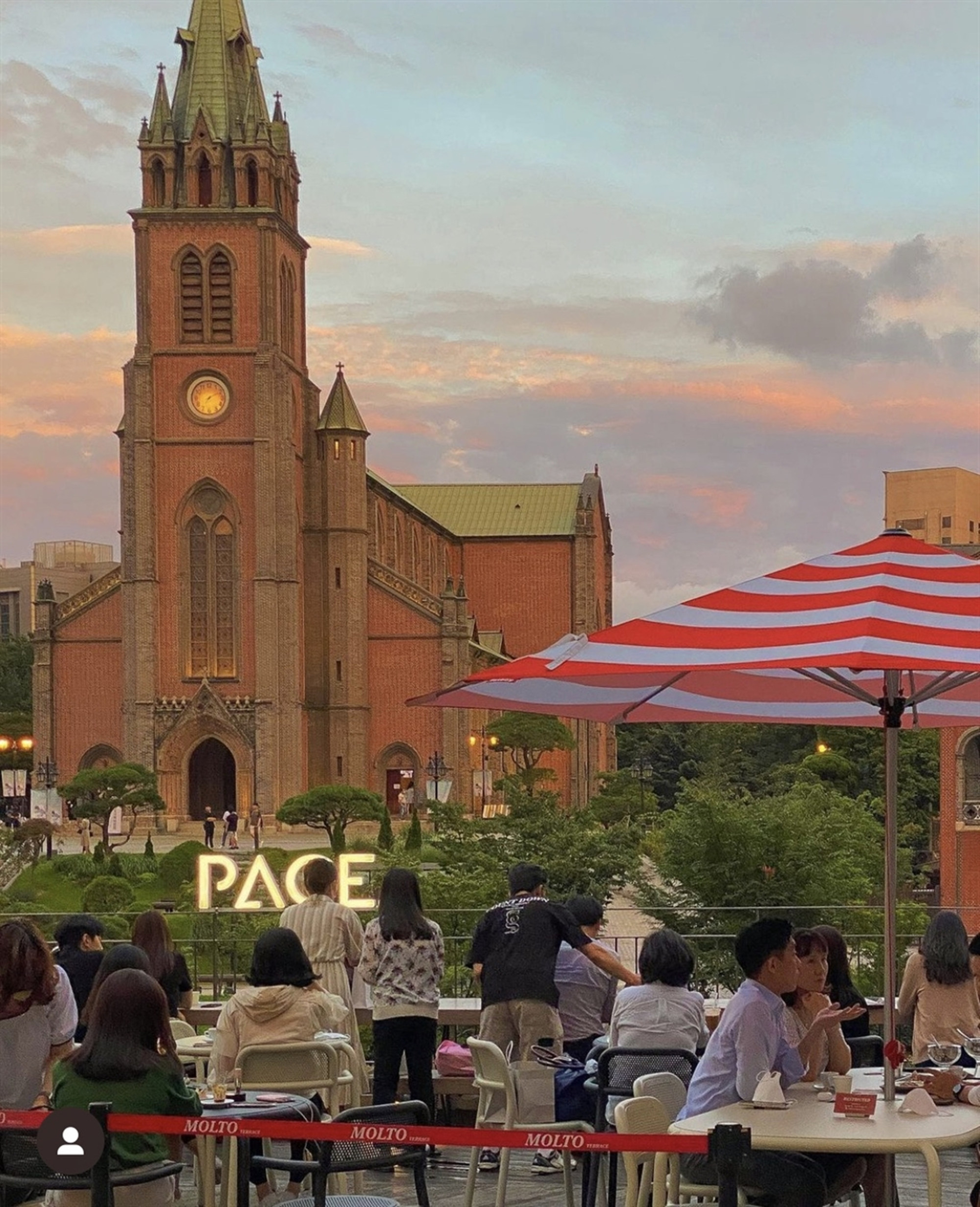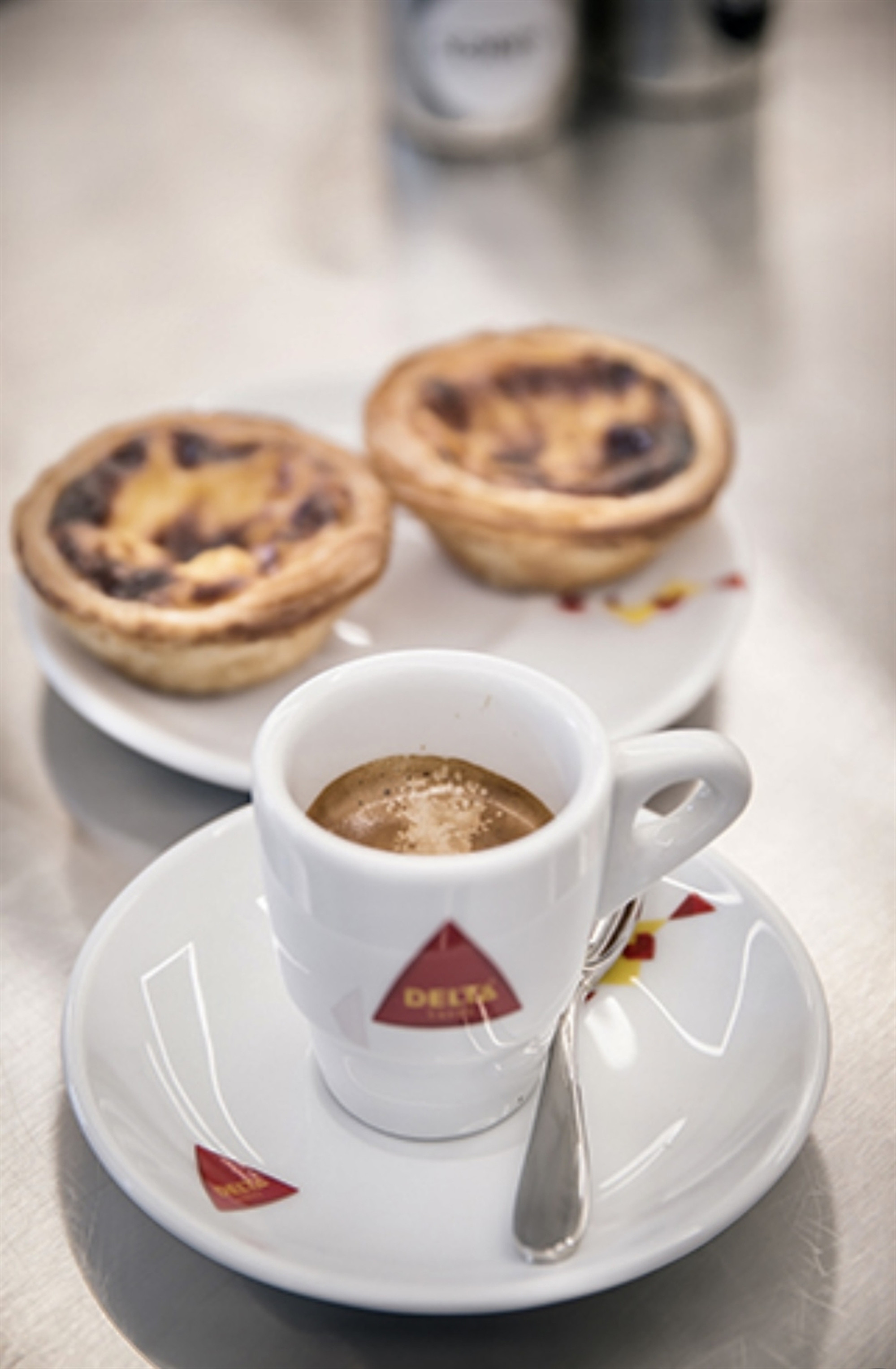Koreans drink around 353 cups of coffee every year, according to the latest report by the Hyundai Research Institute. The figure is a sharp rise from 291 cups in 2015 and 2.7 times more than the world’s yearly average of some 132 cups.
However, that trend is changing quickly, as seen in a surge in the number of espresso bars selling small, strong shots of coffee.
At least 100 espresso bars have opened in the country over the past year, according to industry data. Social media also reflects such a phenomenon with over 142,000 Instagram posts – as of mid-August – showing pictures of small empty cups piled on top of each other with the hashtag “espresso bar” in Korean.
Major food and drink conglomerates have also started capitalising on the trend.
Hong Kong’s cafe bars step up with coffee-infused cocktails
Hong Kong’s cafe bars step up with coffee-infused cocktails
The trend began just a few years ago, according to culture critic and former culture reporter Lim Hee-yun.
“Just a few years ago, Koreans didn’t consume that much espresso. We even joked about how backpackers accidentally ordered shots at a bar in Europe and couldn’t stand its unfamiliar, bitter taste,” Lim says.
Koreans – known for preferring things done quickly and cost-effectively, and for their curiosity about foreign cultures – have naturally been drawn to espresso culture in recent years, according to Lim and many espresso bar baristas.
“People are growing more accustomed to short-form content and I think that grew to affect food culture,” Lim says. “At espresso bars, visitors can quickly try many different flavours at relatively lower prices, which can be very attractive to trend-sensitive Koreans.”
Kim Myung-jin, a barista with 14 years of experience who opened Draw Espresso Bar in Seoul, echoes Lim’s view.
“Although Koreans weren’t very familiar with the concept of espresso at the time [in September 2021], we thought it would go well with the bustling lifestyles of Koreans,” Kim says, adding that the city, with its burgeoning speciality coffee shop scene, seemed to quickly embrace the new trend.

Seoul’s espresso bars are special because of the diversity of their menus and locations.
The bar started pairing shots with rice cakes made by a neighbouring mill in the neighbourhood to add a local twist, too, he explains.

Experts say the popularity of espresso is growing and that the trend does not show any sign of dying down any time soon.
“A few years ago, many visitors insisted on having Americano and were hesitant about trying espresso, but that rarely happens now. We feel that the consumer spectrum is growing broader,” Sorry Espresso Bar’s co-owner Simon says.
The culture, he adds, has now become a lifestyle for many of his customers, as a growing number of office workers drop by for a quick sip on their way to work – just like people do in Europe.

“Espresso may never replace people’s much-beloved Americano. However, if someone drinks a cup of coffee every day, that person could now consider having a couple of cups of espresso a week,” Lee says.
“Considering the hip and trendy ambience of espresso bars and price competitiveness they offer with a diverse menu, Koreans’ love for espresso will likely last for a while,” Lim says.

